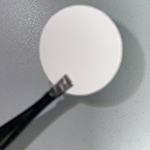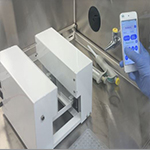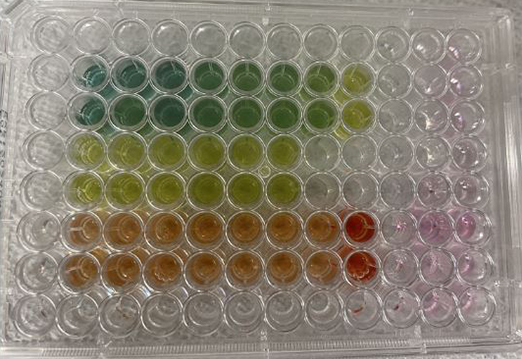- Products & Services
OrganRXTM Tissue builds quality, transplantable tissue for organ repair needs. Using the advanced biomimetic OrganRXTM technologies allows for the construction of functional organ tissue for therapeutic discoveries.
The multi-organ recirculation system (OrganRXTM) provides passive gravity-driven unidirectional shear flow to multi-organ culture. The OrganRXTM plate can accommodate multiple micro-organs such as liver, gut, kidney and brain.The organ plate is an injection molded glass bottom disposable plate. The users can populate the plate with primary cells, cell lines or IPS cells and mature organs by media recirculation. Currently the plate has six multi-organ units.We provide testing of compounds in 2-D and 3-D blood-brain-barrier tissue models. OrganRXTM enables determination of transport characteristics of novel compounds to/from the brain and other organs. - Applications
Applications
OrganRXTM helps to recapitulate human organs with physiological, mechanical and biochemical complexities and their interaction through the exchange of metabolites or signaling molecules and selective transport across the barriers.
Organ Functions
MenuOrgan Models
Menu - ResourcesMenu
- About
- SupportMenu
- Contact Us
Liver Plate
Involved in detoxifying and metabolizing compounds, the liver regulates how drugs interact with target and off-target organs. Most orally-ingested drugs find their way to the liver, and the interactions between these compounds and liver cells help determine dosage levels. The liver consists of Kupffer cells, sinusoidal endothelial cells, and stellate cells, which contribute to the numerous intricate metabolic pathways conducted by the organ.
Typical static cultures of liver cells cannot mimic organ-level physiology due to poor cell morphology and functionality as well as a lack of cell-to-cell signaling. Since the liver has multiple cell types, two-dimensional static models also limit the number of cell systems that can be cultured and analyzed at once. Assessing hepatotoxicity on static in vitro models and animal in vivo models has also been shown as problematic due to the poor translatability of data from these models to human parameters.
By culturing liver organs in three-dimensional microfluidic platforms, the mechanisms of drugs flowing through the organ can be observed. Since the microenvironment accounts for parameters like sheer stress and barrier integrity, which are key features found in vivo, acquired data is more translatable to human trials. Hepatotoxic compounds can be screened with more accuracy, which accelerates drug development workflows.






